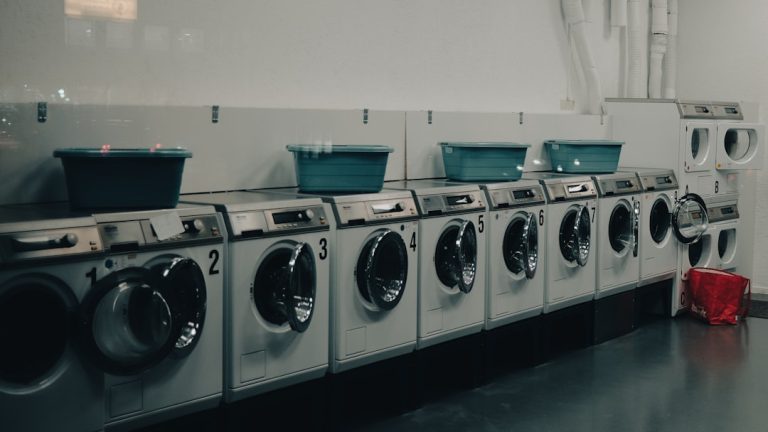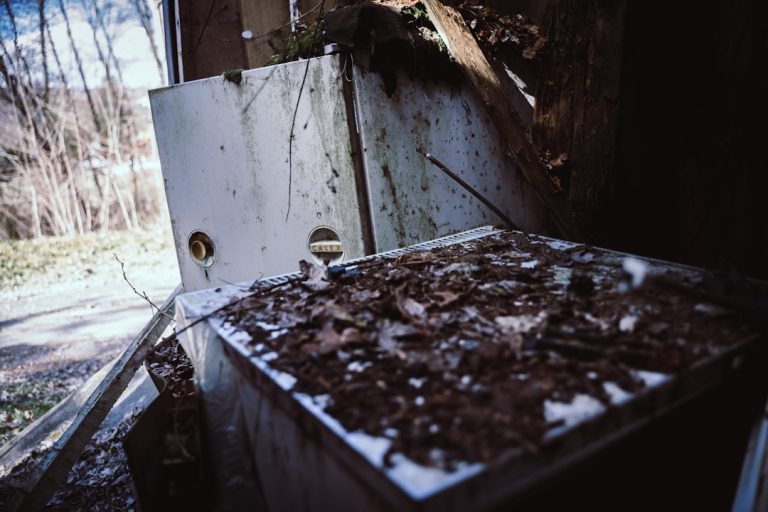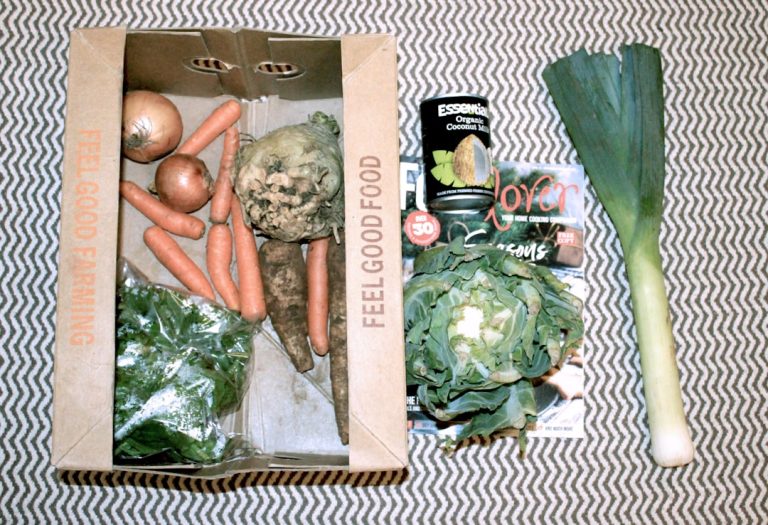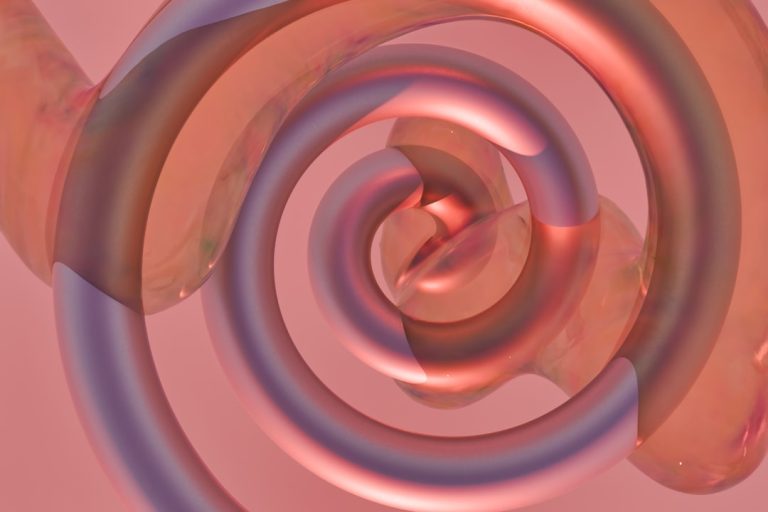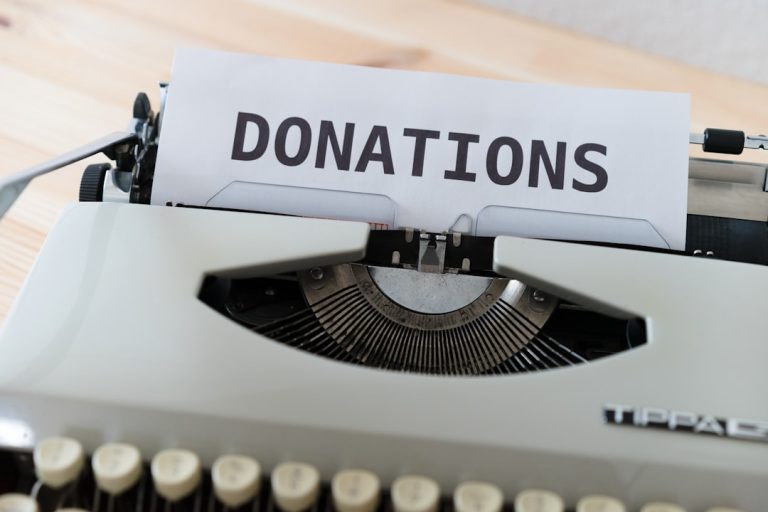My Guide to Upcycling Old Clothes Into New Treasures.
My Guide to Upcycling Old Clothes Into New Treasures.
We all have them: those forgotten garments lurking in the back of our closets, too worn to wear, too sentimental to toss. Perhaps it’s a beloved t-shirt with a stubborn stain, a pair of jeans with a blown-out knee, or a dress that no longer fits quite right but holds a special memory. For years, I struggled with this textile purgatory, watching perfectly good fabric go to waste while my desire for a fresh, unique wardrobe grew. That’s when I stumbled upon the magic of upcycling – and it completely transformed my approach to fashion, creativity, and sustainability. This isn’t just a trend; it’s a mindful way to breathe new life into the old, transforming what once seemed destined for the landfill into something truly extraordinary and uniquely yours. Consider this an invitation to join me on a journey where every stitch tells a story, and every old garment holds the promise of a dazzling new treasure.
Moving Beyond the Mending Pile: Why Upcycling is My Creative Escape
For me, upcycling isn’t just about saving money or being eco-friendly (though those are wonderful perks!). It’s a deeply personal creative outlet that allows me to express my individuality and connect with my clothes on a whole new level. The thrill of seeing potential in a discarded item, then meticulously transforming it into something stylish and functional, is incredibly rewarding. It’s a rebellion against fast fashion, a conscious choice to slow down and appreciate the craftsmanship and potential of textiles. Instead of just fixing a tear, I see an opportunity to add an embroidered patch; instead of discarding a too-small shirt, I envision it as a chic tote bag. This mindset shift has not only enriched my wardrobe but also provided a calming, meditative practice in a busy world. It’s my way of making a tangible difference, one unique garment at a time, and contributing positively to a more sustainable fashion journey.
The Hidden Environmental Cost of Our Closets
Before diving into the how-to, it’s important to understand the ‘why.’ The fashion industry is a major contributor to pollution, from water waste in cotton production to the sheer volume of textile waste clogging landfills. Did you know that the average American throws away 81 pounds of clothing each year? (Source: EPA) By choosing to upcycle, we actively reduce demand for new clothing, conserve resources, and give existing materials a second, third, or even fourth life. It’s a powerful statement against disposability and a practical step towards a circular economy. This awareness fuels my passion and makes every upcycled piece feel even more significant.
Unearthing Potential: My System for Scouting Future Treasures
The first step in my upcycling guide is often the most exciting: the hunt! This isn’t about aimlessly rummaging; it’s about developing an eye for potential. I’ve honed a specific approach to selecting garments that are ripe for transformation, looking beyond their current state to imagine their future glory. Whether I’m sifting through my own neglected wardrobe, browsing a thrift store, or even eyeing a friend’s donation pile, certain criteria guide my choices. It’s like being a detective, searching for clues that reveal the hidden gem beneath the surface.
Assessing the Canvas: Fabric, Fit, and Flaws
- Quality of Fabric: This is paramount. Look for durable, natural fibers like cotton, linen, denim, wool, or silk. These materials generally hold up better to manipulation (cutting, dyeing, sewing) and have a longer lifespan. Avoid synthetic fabrics that are heavily pilled or have lost their structure, as they rarely upcycle well.
- Structural Integrity: Check seams, zippers, and buttons. While minor repairs are fine, avoid items with extensive damage to critical structural areas unless you’re planning a complete deconstruction. A sturdy base garment makes for a much easier and more successful upcycle.
- Potential for Redesign: Can it be cut? Can it be dyed? Does it have interesting details (pockets, collars, cuffs) that can be repurposed? I often look for oversized items, as extra fabric provides more creative freedom. A large men’s shirt, for instance, can become a dress, a skirt, or even a set of matching accessories.
- Inspiration Strikes: Sometimes, an item just “speaks” to me. It might be a unique print, a striking color, or a particular texture. These are often the pieces that spark the most creative and unexpected transformations. Don’t underestimate intuition!
Essential Tools for My Upcycling Arsenal
You don’t need a professional studio to start upcycling. My setup is quite modest, built around a few key items:
- Sewing Machine: A basic machine with straight and zigzag stitches is incredibly versatile. Don’t be intimidated; learning basic sewing techniques is easier than you think.
- Sharp Fabric Scissors: A good pair makes all the difference for clean cuts.
- Seam Ripper: Your best friend for undoing mistakes or deconstructing garments.
- Pins and Fabric Chalk: For marking and holding fabric in place.
- Measuring Tape and Ruler: Precision is key for well-fitting alterations.
- Iron and Ironing Board: Pressing seams as you go makes for a much more professional finish.
- Needles and Thread: A variety of hand-sewing needles and an assortment of thread colors.
- Embellishments (Optional but Fun!): Patches, embroidery floss, fabric paint, beads, lace – anything to add a unique touch.
From Threadbare to Trendsetter: My Favorite Transformation Techniques
Now for the fun part: the actual transformation! Over the years, I’ve developed a repertoire of go-to techniques that consistently yield stunning results. These methods range from simple no-sew hacks to more intricate sewing projects, ensuring there’s something for every skill level. The beauty of upcycling is its flexibility – there are no hard and fast rules, only creative possibilities.

The Art of Deconstruction and Reconstruction
Many of my most successful projects begin with taking a garment apart. A well-fitting pair of jeans might become a skirt, shorts, or even a bag. An old shirt can be cut into panels for a patchwork top, or its sleeves repurposed for an entirely different garment. I often use existing seams as guides, which saves time and ensures a clean finish. This process allows me to see the fabric as raw material, rather than a fixed item, opening up endless design avenues.
- Patchwork Perfection: Combine scraps from multiple old garments to create a unique new piece. Think patchwork jeans, a mixed-material jacket, or even a vibrant quilt-inspired top.
- Resizing and Reshaping: A common technique for ill-fitting clothes. Taking in seams, shortening hems, or adding darts can completely change a garment’s silhouette.
- Adding Panels and Inserts: Extend the life of a too-small item by adding contrasting fabric panels under the arms, at the sides, or into the hem. This can also introduce interesting visual elements.
Dyeing and Embellishment: Breathing New Colors and Textures
Sometimes, a garment just needs a fresh coat of paint – or dye! Fabric dyeing is a fantastic way to revitalize faded items or completely change their aesthetic. Natural dyes, in particular, offer a beautiful, eco-friendly option. Beyond color, embellishments are where personal style truly shines.
- Fabric Dyeing: Experiment with different colors and techniques. Tie-dye, dip-dye, or even a simple solid color change can make an old item feel brand new. Explore fabric dyeing basics for inspiration.
- Embroidery and Appliqué: Cover stains, mend holes, or simply add decorative flair with hand embroidery or fabric appliqué. These details instantly elevate a plain garment.
- Fabric Paint and Markers: For bold statements or intricate designs, fabric paints and markers allow for artistic expression directly onto the textile.
- Adding Trim and Notions: Lace, ribbon, buttons, beads, and even zippers can be added or replaced to transform the look and feel of a piece.
Stitching Stories: Adding My Personal Flair to Every Piece
What truly elevates an upcycled item from a simple alteration to a “new treasure” is the infusion of personal flair. This is where your unique vision and storytelling come into play. For me, every stitch, every patch, and every dye bath is an opportunity to imbue the garment with a piece of my own narrative. It’s about creating something that not only looks good but also feels deeply authentic and meaningful. This isn’t mass-produced fashion; it’s wearable art, crafted with intention and a touch of soul.

